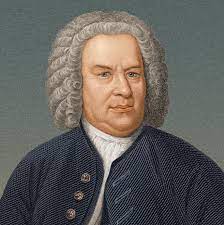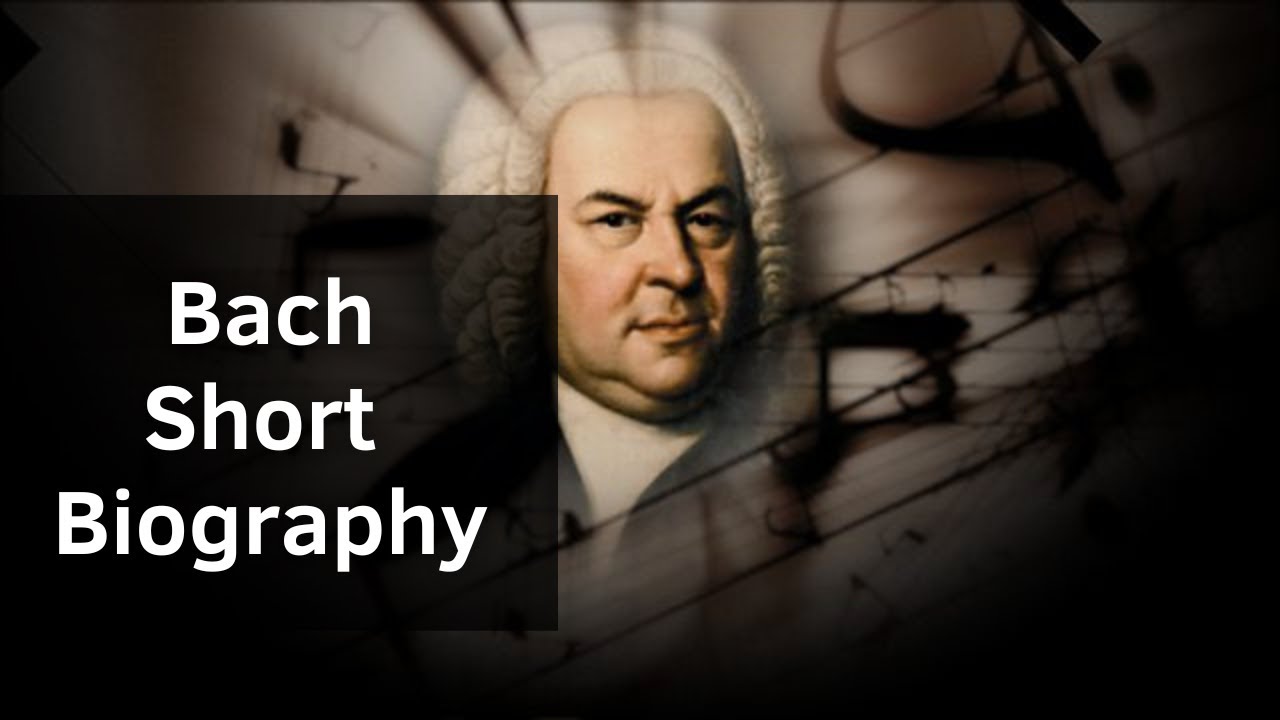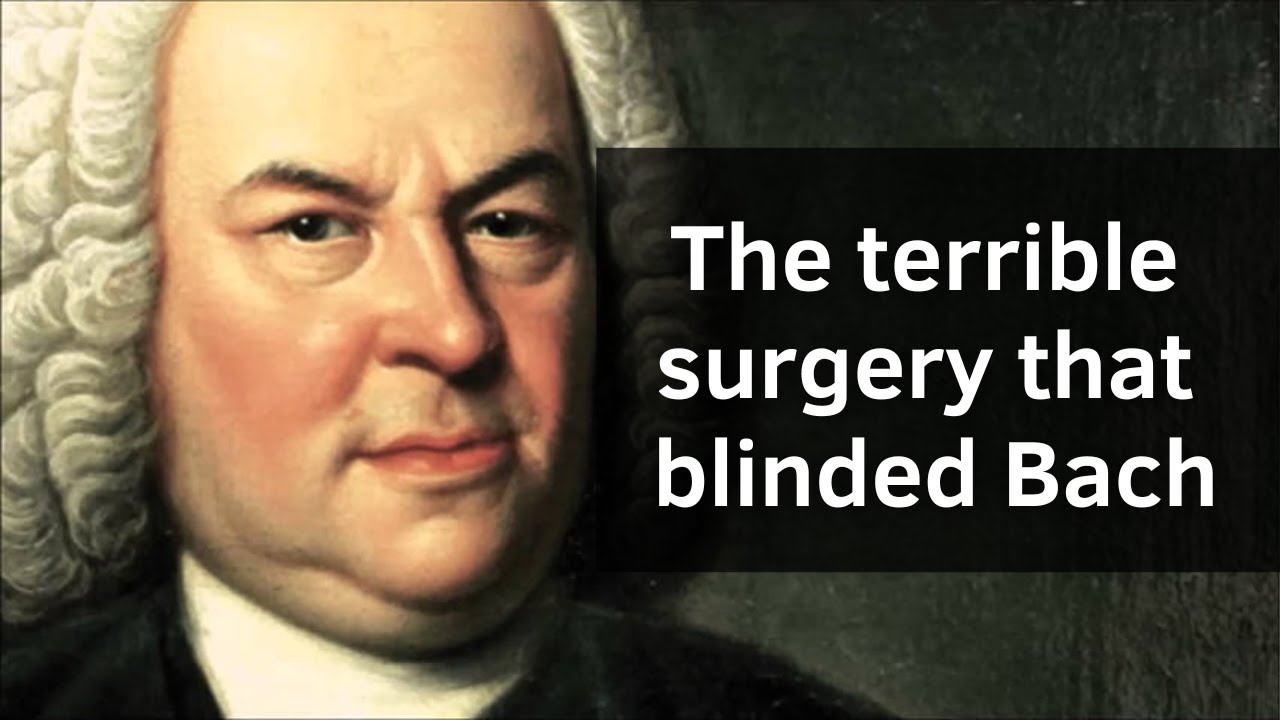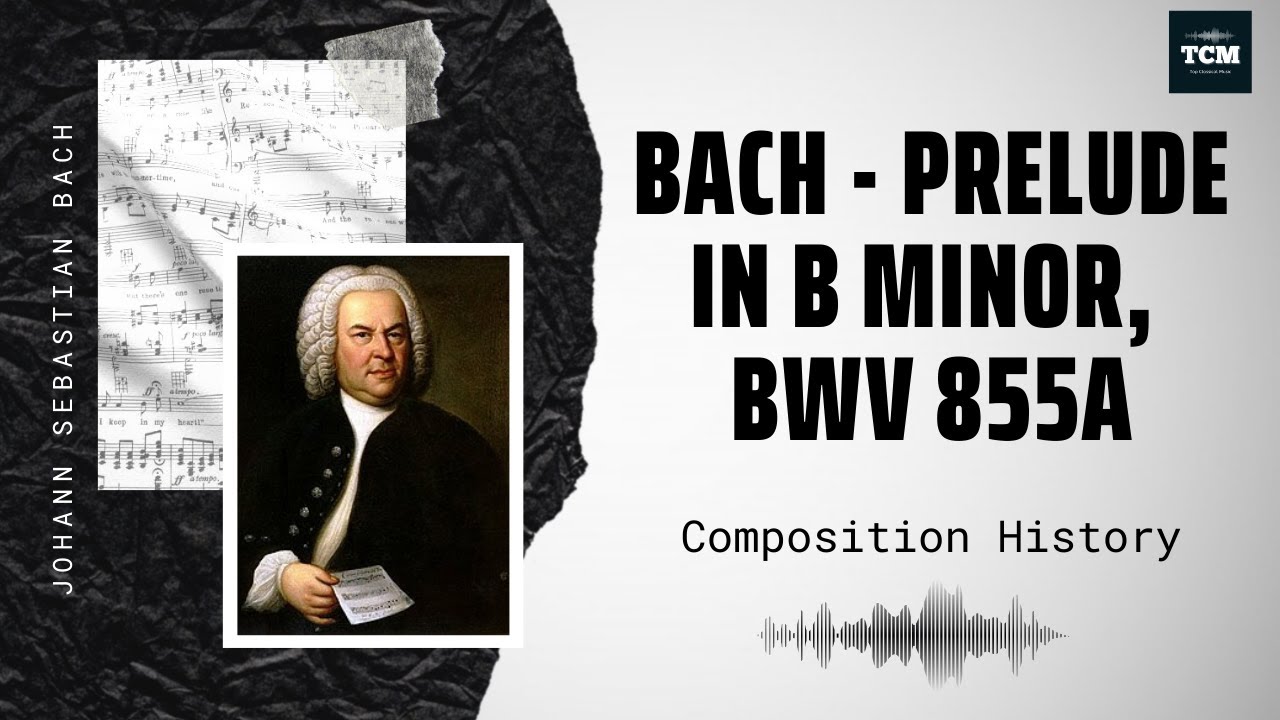Latest Comments

Johann Sebastian Bach – Biography and History
Johann Sebastian Bach, a towering figure in the history of classical music, was born on March 31, 1685, in Eisenach, Germany. He came from a[…]

Fascinating facts about Bach
Johann Sebastian Bach, one of the most renowned and influential composers in the history of classical music, left an indelible mark on the world of[…]

The Masterpieces of Johann Sebastian Bach: 10 Timeless Songs
Johann Sebastian Bach, a renowned German composer of the Baroque period, left an indelible mark on the world of classical music. With his exceptional talent[…]

The Timeless Masterpieces: 7 Best Songs by Johann Sebastian Bach
Johann Sebastian Bach, a renowned composer of the Baroque era, is celebrated for his exceptional talent in crafting intricate and timeless compositions. His works continue[…]

Johann Sebastian Bach: A Musical Genius Whose Melodies Still Resonate Today
Johann Sebastian Bach, often referred to as the maestro of Baroque music, left an indelible mark on the world of classical composition. Born on March[…]

How Johann Sebastian Bach Became Blind
However, at the age of 64, his vision started to deteriorate. He could no longer play the organ, compose music or direct choirs and orchestras.[…]

Bach – Short Biography
Bach – Short Biography The Bach family already counted several composers when Johann Sebastian was born as the last child of a city musician in Eisenach.[…]

The terrible surgery that blinded Bach
The terrible surgery that blinded Bach At the age of 57, Johann Sebastian Bach started to experience a number of health problems. Most serious was an[…]

Bach Biography – Music | History
Johann Sebastian Bach (31 March 1685 – 28 July 1750) was a German composer and musician of the late Baroque period. He is known for[…]

Bach – Prelude in B minor, based in BWV 855a – Music | History
Prelude and Fugue in E minor, BWV 855, is the 10th prelude and fugue for keyboard (harpsichord) in the first book of The Well Tempered[…]
© 2025 Top Classical Music. Created with ❤ using WordPress and Kubio